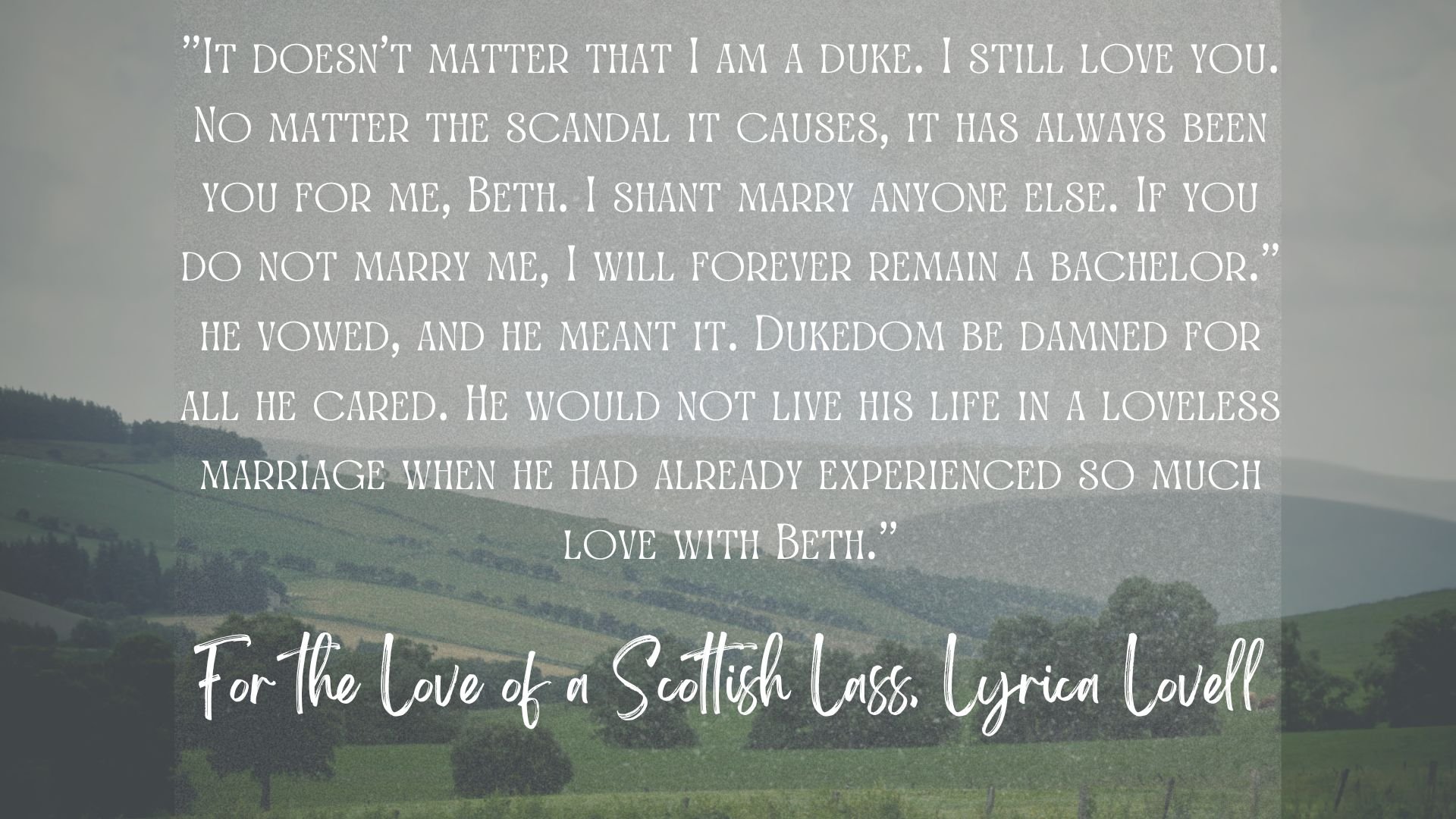
Historical Significance of the Thistle in the Regency Era (1795-1837)
The thistle has a long history of representing Scottish heritage, but did you know that it also symbolized the heart and purity? In fact, a Scottish man would give the thistle to his beloved as a token of his affection in the regency era making it the perfect flower to incorporate in your courtship bouquets. But watch what location your regency romance novel is set in. This flower also has significants in English regency. However, it is not looked on so fondly.
What is a Thistle? (Creeping Thistle)
The thistle is a flowering plant, specifically a member of the Asteraceae family. Which is the daisy family, and it is related to a common daisy or weed. It’s also known as “plume poppy,” “Scotch thistle,” and other names.
There are rumors that the flower has been a symbol in Scotland since ancient times because it’s an emblem of national pride and unity. Some even date back to the Scottish wars of independence (1296–1328).
However, it is also said that the plant was not actually native to the region. It was only introduced in the 16th century from the Mediterranean. Thistles have also become associated with weddings due to their long tradition in Scotland.
What Does Creeping Thistle Look Like?
Creeping thistle, or Cirsium arvense, is the genus’s most common species.
It has toothed leaves that grow alternately along its slender green stem. The leaves have a thick margin and an elongated tip with jagged teeth along both sides.
Its flower heads are 1 to 2 inches across and consist of tiny pink florets, which comprise a giant flower head.
The creeping thistle can grow between 30 and 60 inches tall depending on environmental conditions such as soil moisture and sunlight exposure (i.e., full sun vs. partial shade).

Symbolism of Thistle
The thistle had duel meaning in the regency era, according to the much-famed women’s magazine La Belle Assemblée in June 1819. For example, it was the symbol of ignorance in England. If you wanted to criticize someone for being ignorant, you could send them a thistle, kind of like flipping them off by today’s standards. It came to be this way because donkeys were seen as ignorant animals and their favorite food was the creeping thistle (or so the magazine claims.)
However, if you are writing or reading a novel about Regency-era Scotland, the thistle takes on a much different connotation. For example, in Scotland, the thistle was a symbol of purity. In fact, the thistle was woven into a unique collar of the Order of St. Andrews. It was inscribed with “None shall touch me with impurity.” It is known more as a traditional symbol of Scotland than England. In Scotland, it is also a symbol of strength, courage, defiance, and determination.
It represents the Scottish people’s determination to preserve their culture, customs, and heritage against foreign powers who tried to take them away.
Do you want to read more about the Thistle in Regency Era England? Check out the La Belle Assemblée, a popular women’s magazine of the day. You can find more information in the June 1819 issue, or from the above clipping.
How to Include Thistle in Regency Romance Novels
When including flowers or floral-related details within your regency romance novel, the best place to incorporate them is within courtship. This could be having your hero and heroine walk through the gardens to smell the flower, or having a bouquet of flowers delivered to the heroine.
If you want to include a thistle in your Regency romance novel, you could use it as a symbol of purity. For instance, it could be an innocent Scottish lass’s favorite flower. Or you could have your Scottish hero give a bouquet of them to someone he loves and respects. This could go both ways, if the hero is Scottish he could deliver it to an English or Scottish woman he was courting. If you have an English woman you could talk about the cultural significance of the flower for both regions.
However, it could be used as a spat between friends or enemies of the ton. You could have the thistle delivered to your heroine by someone who doesn’t like her.
Finally, you could have your characters ride through a scratchy patch of creeping thistle, as the leaves are pointy.
Weave Historical Significants Into Your Regency Romance Novel
It is fun to include historical significance when writing a regency-based romance novel. You can use larger instances such as popular places, estates, and titles, but you can also weave in little on-dits such as flowers, sports, etc.
Pin it!

Lyrica Lovell
Lyrica Lovell is a regency and historical romance author. She loves to pen historical romance novels hailing from England and Scotland in the early 1800s. Lyrica fell in love with the genre when she was 16 and has read over 400 books within the regency romance sphere. Not only does she love to write the genre, but she loves to read just about everything in it. Stick around for fantastic book reviews, short stories, and more.


